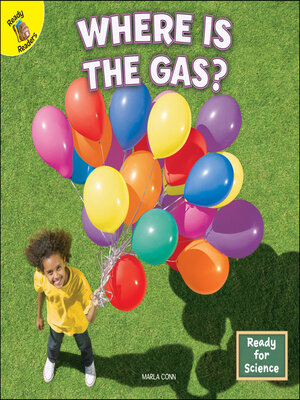
Sign up to save your library
With an OverDrive account, you can save your favorite libraries for at-a-glance information about availability. Find out more about OverDrive accounts.
Find this title in Libby, the library reading app by OverDrive.



Search for a digital library with this title
Title found at these libraries:
| Library Name | Distance |
|---|---|
| Loading... |
Book Features:
Ready For Science: In Where is the Gas?, preschoolers—second graders develop a basic understanding of the state of matter of gas. Kids read about where gases exist in both manufactured things and natural places, including balloons and lakes!
Bring Science Learning To Life: The 16-page beginning science book teaches kids to think like scientists as they explore full-color photos of the places gases can be found while building critical thinking skills with a fun post-reading activity.
Build Basic Reading Skills: This exciting nonfiction book will help your child learn and improve reading fluency and comprehension skills with simple sentences in large print, a picture glossary, a high-frequency word list, and an extension activity.
Inspire Scientific Curiosity: Part of the Ready for Science series, this leveled reader introduces early readers to physical science concepts. Each book in this series helps kids explore a basic science concept and develop their love for science.
Why Rourke Educational Media: Since 1980, Rourke Publishing Company has specialized in publishing engaging and diverse non-fiction and fiction books for children in a wide range of subjects that support reading success on a level that has no limits.







